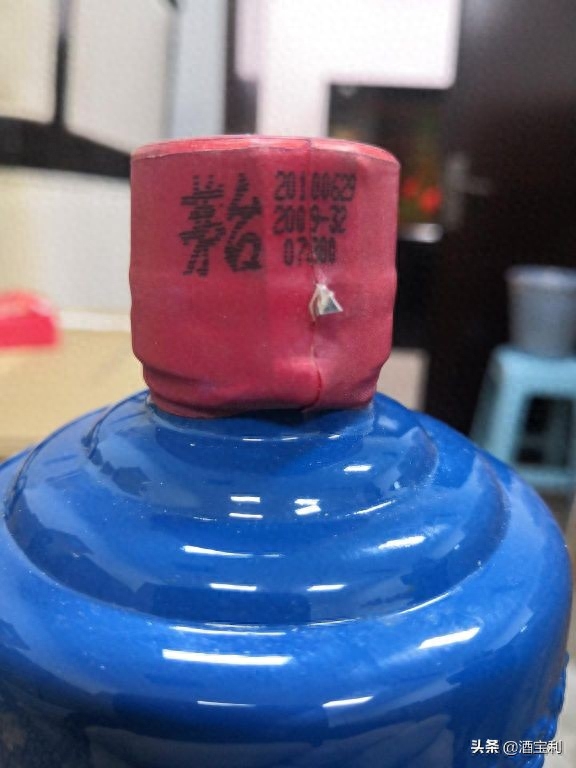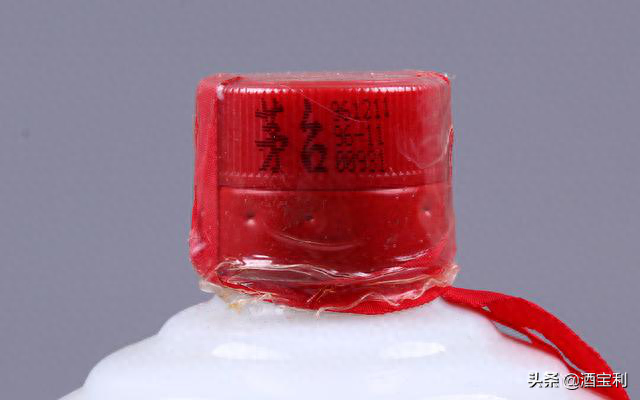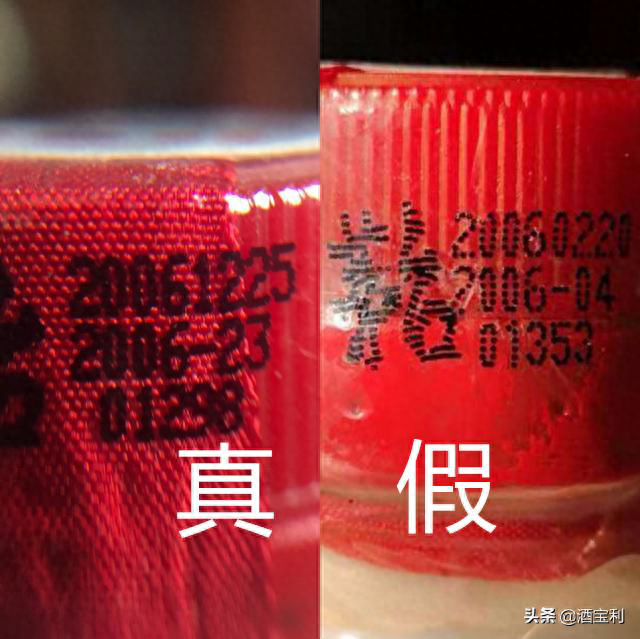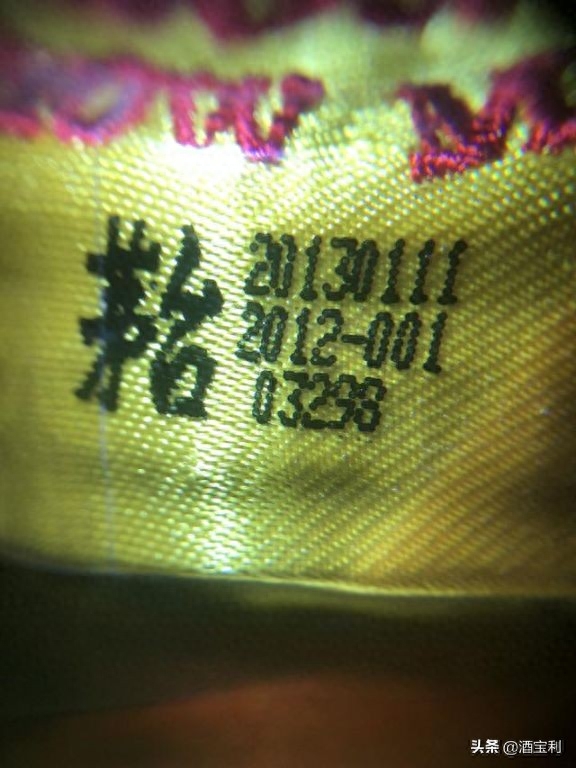Counterfeit liquors have emerged in an endless stream in the Moutai market this year, and Moutai inkjet coding is an important identification feature of Moutai liquor and has undergone a long period of evolution. If you want to master the skills of identifying Moutai liquor, you must understand the coding characteristics of Moutai in each period. Because Moutai liquor inkjet coding is by far the most successful of the many anti-counterfeiting technologies for Moutai liquor, and imitation products have yet to completely break through this field. Today Xiaojiu will give you a brief introduction to the development process of Maotai liquor inkjet printing for your reference.

The secret of Moutai three-line inkjet coding
On February 21, 1995, Moutai began to use an inkjet printer to print the date, and spray the production date, batch number and code on the red plastic cap.
According to the use of sealing film materials and changes in fonts, this period is divided into three stages: 1995-2000; 2000-2009; 2009-2015.

1. The first row of printing codes is the production date, which is the packaging date of this bottle of wine.
2. The second row of inkjet codes is the production batch, that is, the blending date and batch of the wine, in the format of "year + sequence number".
If the production dates are the same, try to choose the earlier batch, as the wine will be older.
3. The third row of inkjet codes is the serial number of different batches, that is, the bottle number of this bottle of wine that came off the production line during the production process of the day. It is usually a five-digit number. (The entire three rows of data should be unique. If two bottles of wine have the same three rows of data, at least one of them is a fake wine.)
Evolution of coding features
Each character of the date printed with an inkjet printer is composed of a number of small dots. For example, the word "1" is composed of 10 small dots; the date of this period is 6 digits, without "19" in front;
Moreover, it is normal for the cracks and displacements in the middle of the printing code group in 1995 and 1996. On the contrary, the fake wine does not have this displacement. This is because the numbers are printed before the sealing film is dry, and the sealing film shrinks when it dries. Phenomenon.
From 1995 to 2000, the number "0" has a slash in the middle and is composed of 3 dots; the numbers "6 and 9" have a flat head and a flat bottom; the number "1" wears shoes and a hat; the number "7" has a head With a hook. (Imitation products often have dots that are not round and have edges and corners.)In 1996, Moutai introduced the use of Italian anti-counterfeiting and anti-refill bottle caps, and the bottle cap sealing film was changed to a transparent plastic sealing film. The date of printing is printed on the transparent On the sealing film, the fonts are relatively regular and clear, and there are very few font breaks and shifts like before.

1996 Maotai Liquor Transparent Film Inkjet Code
2000-2009
Since 2000, the coding format has been adjusted: the date coding has been changed from 6 digits to 8 digits; the production batch has been changed from 4 digits to 6 digits. In the second half of 2000, the printing font changed. The overall change was that the font was slightly thinner and narrower than before, with the word "7" without a tick and the word "0" without a slash.

In the first half of 2001, small dots "·" began to be added to the middle of the two characters Moutai spray-coded on the bottle mouth, and this continues to this day. Among them, the position of the small dot has moved upward since February 19, 2004.
February 23, 2009 to present
On February 23, 2009, Moutai launched a new anti-counterfeiting red rubber cap, whose digital features basically follow the features of the white film period. Starting from 2011, the second line of batch printing on the bottle mouth was changed to 7 digits (changed from 2010-10 to 2011-010, other things remain unchanged).

During this period, because the surface of the sealing film is covered with particles, the inkjet code appears very thick after printing. The dot particles overlap and there are few independent small dots. Therefore, the inkjet coding of this period is not suitable for testing authenticity by whether the dots are round or not.
Follow the mini program to authenticate national wines to keep you away from fake wines.
Articles are uploaded by users and are for non-commercial browsing only. Posted by: Lomu, please indicate the source: https://www.daogebangong.com/en/articles/detail/ni-xiang-yao-liao-jie-de-mao-tai-ping-gai-san-xing-pen-ma-te-zheng-ji-yan-bian-dou-zai-zhe-li.html

 支付宝扫一扫
支付宝扫一扫 
评论列表(196条)
测试